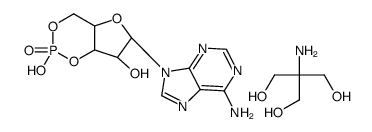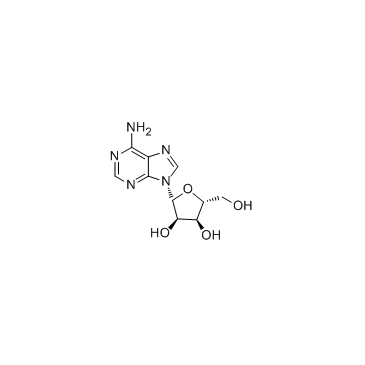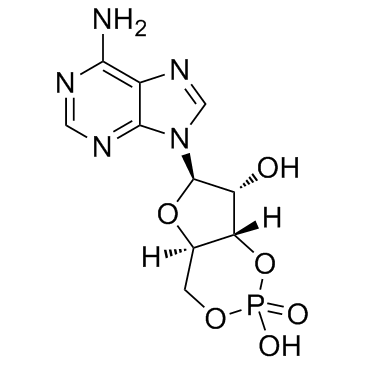| Structure | Name/CAS No. | Articles |
|---|---|---|
 |
ADENOSINE 3':5'-CYCLIC MONOPHOSPHATE TRIS SALT
CAS:102029-77-6 |
|
 |
Adenosine
CAS:58-61-7 |
|
 |
Papaverine hydrochloride
CAS:61-25-6 |
|
 |
Adenosine cyclophosphate
CAS:60-92-4 |